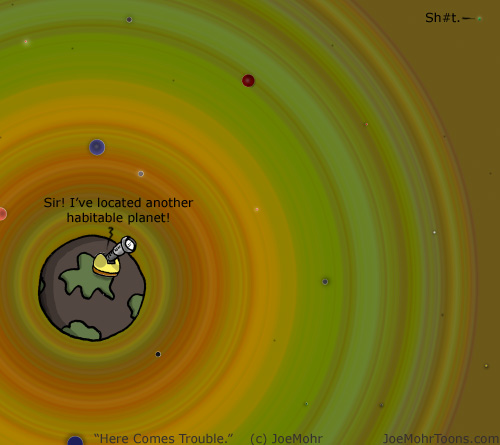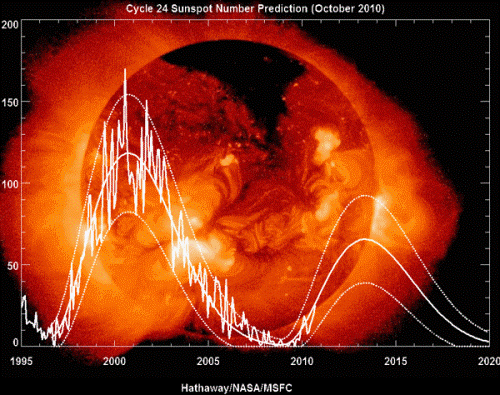
Astronomers working at Hawaii’s Keck Observatory have captured for the first time direct images of a “hot protoplanet” forming within a disk of cosmic dust surrounding its parent star, LkCa 15 (located in the constellation Taurus). And, it’s practically a galactic stone’s throw away at just 450 light years…
“For the first time, we’ve been able to directly measure the planet itself as well as the dusty matter around it.” — Adam Kraus, astronomer, U of Hawaii
The new planet is named LkCa 15 b (note: a lower case letter after a star’s name indicates a planet orbiting that star) and it holds the distinction of being the youngest exoplanet ever spotted — five times younger than the previous record-holder. So-called “hot” planets are generally more gaseous planets like Jupiter and Saturn.
Spotting the baby planet was not a little challenging, as starlight is commonly distorted when viewed through the Earth’s relatively thick atmosphere. Fortunately, the Keck telescope has an ‘adaptive optics’ capability, thanks to a deformable mirror apparatus. With this capability and a fairly new filtering technique called aperture mask interferometry, the astronomers were able to filter out the bright star light, and thus resolve the faint protoplanetary disc around the star.
In scanning this disc of relatively cool dust and gas, the researchers were able to spot a wide gap in the accreted matter within which was forming the baby exoplanet. Although in its infancy, this “baby planet” could grow to 6 Jupiter masses (6 times the mass of Jupiter). And, it’s parent star is also a baby, in terms of solar life spans, being only an estimated 2 million years old (our sun is many billions of years old).

Astronomers got pretty lucky early on, as they had only just initiated their survey of some 150 “dusty stars” when they found LkCa 15 b on only their second targeted search. However, it took a year to confirm the results from the first preliminary data. “We could see a faint point source near the star, so, thinking it might be a Jupiter-like planet, we went back a year later to get more data.” said lead author Adam Kraus (U of Hawaii) in a space.com interview.
Astrophysicist have long theorized that planets form from young stars’ accretion discs. This is the first time that direct observations of a protoplanet forming out of a star’s accretion disc have been made, and so, they help confirm the theory. It should also make spotting other such “planet births” much easier.
The study was co-authored by Michael Ireland of Macquarie University and the Australian Astronomical Observatory. Kraus and Ireland presented their findings yesterday (Oct. 19) at a meeting at NASA’s Goddard Space Flight Center in Greenbelt, Md. The discovery will also be published in an upcoming issue of The Astrophysical Journal.
More about finding protoplanets (quoted from Space.com):
Using ESO’s (the European Southern Observatory, in Chile) very successful HARPS spectrograph, a team of astronomers has found that Sun-like stars which host planets have destroyed their lithium much more efficiently than planet-free stars. This finding does not only shed light on the low levels of this chemical element in the Sun, solving a long-standing mystery, but also provides astronomers with a very efficient way to pick out the stars most likely to host planets. It is not clear what causes the lithium to be destroyed. The general idea is that the planets or the presence of the protoplanetary disc disturb the interior of the star, bringing the lithium deeper down into the star than usual, into regions where the temperature is so hot that it is destroyed.
Some source material for this post came from the Space.com article Astronomers Spot Birth Of Alien Planet for First Time by Mike Wall

